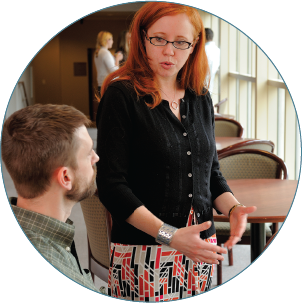Smith's Criminal Case Compendium
Table of Contents
State v. Stephen, COA24-106, ___ N.C. App. ___ (Dec. 31, 2024)
In this Wake County case, defendant appealed his convictions for first-degree murder, concealing death by disturbing or dismembering human remains, and possession of a firearm by a felon, arguing plain error by allowing the State’s forensic anthropologist to give an opinion beyond her expertise, and error in not intervening ex mero motu during closing argument. The Court of Appeals found no reversible error.
In June of 2020, the mother of defendant’s girlfriend became concerned because she had not seen her daughter for several days. Law enforcement attempted to find defendant, as he had fled to Virginia. After defendant was located, he provided a description of where he left the body; the girlfriend’s dismembered body was later found in Franklin, Virginia, along with a gun. At trial, defendant claimed he found his girlfriend’s body in the bathtub from an apparent suicide, and after this traumatic event he convinced himself that he had to hide her body. The State called a forensic anthropology expert to testify about the gunshot wound that killed the girlfriend. This expert opined that it would be highly unlikely that the projectile that killed her would have caused no damage to the fiberglass tub. Defendant did not object to this testimony at trial. During closing argument, the prosecutor mentioned that defendant did not plead guilty as a commentary about the possible distractions being offered by defense counsel.
Taking up the expert testimony, the Court of Appeals noted that here the trial court failed to exercise its gatekeeping function under Rule of Evidence 702(a), as it did not require the expert to “testify to the rationale supporting her opinion regarding the potential for defects to the fiberglass bathtub caused by a high-velocity gunshot injury,” but the error did not represent plain error. Slip Op. at 13-14. The court noted that the expert was “absolutely qualified to testify about the trajectory, velocity, and impact force of a bullet upon exit,” and she explained the analyses she performed on the girlfriend’s skull and factors related to that opinion, showing that her testimony was not baseless speculation. Id. at 14.
Dispensing with the closing argument issue, the court noted the prosecutor’s statement came after a lengthy discussion about “red herrings” to be offered by defense counsel. Id. at 16. The court explained the prosecutor was not targeting defendant’s failure to plead guilty, but instead the statement “was to illuminate to the jury another distraction tactic the prosecutor anticipated defense counsel utilizing in closing.” Id. at 17.
Judge Murphy concurred but wrote separately, arguing that the trial court did not err by allowing the expert testimony.


